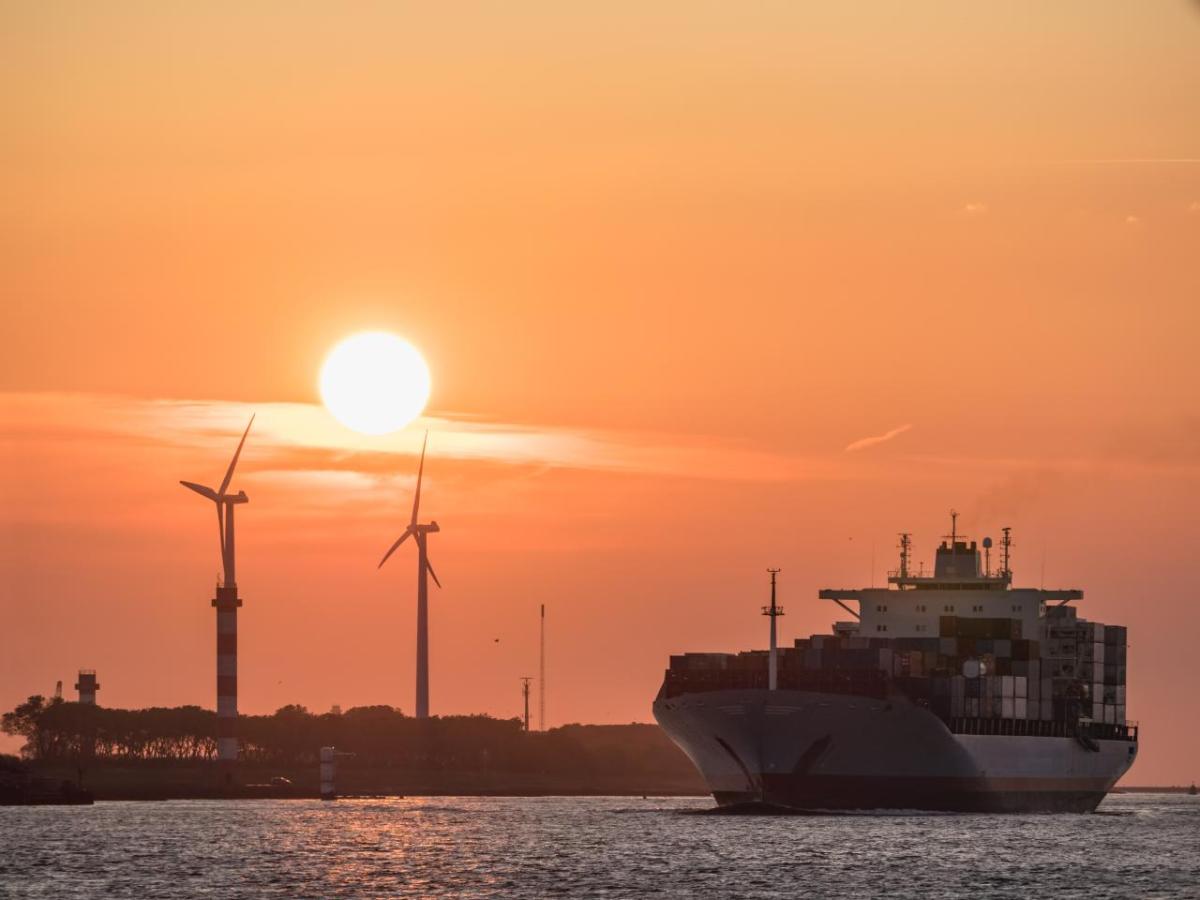DP World Highlights Port Sustainability as New JP Morgan Climate Report Raises the Stakes

As global trade is set to double by 2050, according to a new climate advisory report from JP Morgan, port infrastructure around the world faces unprecedented pressures from climate risks, sea-level rise, and escalating demand. Ports handle over 80% of global goods by volume, and without significant upgrades and resilience planning, these critical gateways risk becoming choke points in global commerce.
JP Morgan’s report details a vulnerable industry: annual damage from climate-related natural disasters alone averages $7.6 billion, with risks heavily concentrated in hurricane-prone areas like the U.S. Gulf Coast and typhoon-vulnerable regions of Southeast Asia. By 2050, sea levels could rise to 40 centimeters, potentially costing ports up to $768 billion to adapt and prevent trade disruptions.
DP World’s Action to Future-Proofing Ports
Against this backdrop, DP World is taking proactive steps to ensure sustainable and resilient global trade infrastructure. Recognizing the critical role ports play in the global supply chain, DP World embeds sustainability as a core function across its network, enhancing resilience against climate-related disruptions while significantly reducing its environmental impact.
DP World’s "Our World Our Future" sustainability strategy charts the path to a net zero future by minimizing risks identified in JP Morgan’s report. At Jebel Ali Port in Dubai, DP World oversees comprehensive electrification, deploying electric vehicles and cranes to significantly reduce emissions and enhance operational efficiency. Similarly, at the Canadian ports of Vancouver and Prince Rupert, DP World manages shore-side power facilities, allowing docked vessels to switch off diesel engines, dramatically reducing local air pollution.
DP World's Port of Vancouver is also leading the way in renewable fuel consumption and the use of advanced electric handling equipment, further minimizing carbon footprint. Other critical DP World efforts include extensive waste management initiatives at their terminals, like the ‘Zero Landfill’ practices at the Port of Santos, Brazil which substantially reduces consumption and pollution.
Becoming a Global Model to Follow
JP Morgan highlights a growing gap between adaptation and mitigation planning at global ports – 89% have mitigation plans, yet only 66% have clear adaptation strategies. DP World stands out by bridging this gap, demonstrating global leadership through initiatives like the Thames Freeport in London – dubbed a “low-carbon highway” – where infrastructure electrification, solar energy utilization, and emissions management have become a model for other ports worldwide.
Beyond traditional infrastructure, DP World actively explores nature-based solutions, such as restoring mangroves and coastal ecosystems, creating natural barriers against extreme weather. The company partners with Living Seawalls in countries like Peru and the UAE to restore natural ocean habitats and attract marine life. In Ecuador, DP World is investing in coastal protection through mangrove restoration, which not only mitigates flooding but also enhances biodiversity and supports local communities.
Moving forward: A Mandate for Sustainable Ports
JP Morgan’s research clearly underscores the urgency: the choices ports make today will define their operational viability tomorrow. DP World's leadership in sustainable port infrastructure shows a clear path forward, balancing environmental responsibility with the demands of a rapidly changing global economy. Their approach doesn’t just anticipate the future – it actively shapes it.

